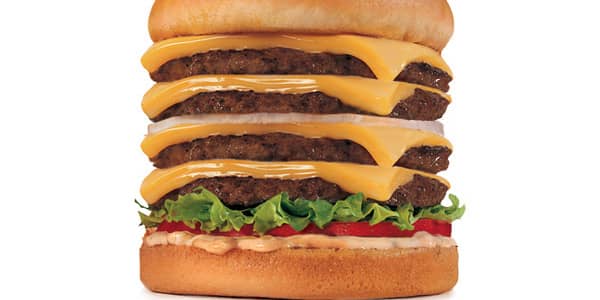There's a case to be made that consumers will continue to defy the 10 percent unemploymentrate and stoke a recovery in the retail sector.
Thursday's batch of monthly retail sales reportsoffer only a small glimpse at the total retail picture, together they represent only about 11 percent of all retail sales, but these reports combined with the latest comments from Best Buy , and even UPS , which raised its earnings forecast, are good signs that consumers are starting to spend again.
According to Eric Beder, a retail analyst at Brean Murray Carret & Co., the holiday shopping season showed that consumers still want a bargain and when they find one, they will shop.
"When the discounts were the deepest, that's when they shopped," Beder said.
That means retailers will continue to have to sharpen their pencils and offer consumers compelling values in order to coax the most price-sensitive consumers to keep coming back to the stores, he said. This is especially true over the January to February time period when there are few reasons for consumers to shop.
Although Beder isn't ready to say the consumer has come out of hibernation for good, he does see signs that the fashion-driven consumer is beginning to return to the mall. Beder cited stores such as Urban Outfitters , where same-store sales rose 9 percent, and J. Crew — which has yet to report monthly sales figures, but has anecdotally had a good holiday — as examples of stores that are providing fashion-sensitive consumers with the type of merchandise that stands out from the competition.
Heading into the holiday season, Marshal Cohen, chief industry analyst for market researcher NPD Group, had predicted that the holiday season would show that consumers were getting tired of being frugal, and he believes there is evidence this prediction came true.
According to Cohen, about 41 percent of consumers bought gifts for themselves when they went shopping for holiday gifts this year. That's the highest level he's seen yet.
"That's a good indication of what we are going to see," Cohen said, explaining that this is a sign that there is a lot of pent of demand among consumers to buy new things.
That doesn't mean it's going to be easy for retailers. Cohen agrees with Beder that consumers are still going to be looking to make a deal. He also suspects that consumers will continue to shop for items when they need them.
That might be difficult for some retailers who are already bringing out warmer weather clothing while snow is still blanketing the ground.
According to Cohen, retailers should take a cue from stores like Macy's , which brought out items such as fur-lined sleeveless hoodies as a way of offering consumers new clothing that can be worn immediately.
"Consumers want to buy now and wear now," Cohen said.
It also is in line with the idea that consumers are remaining cautious as the economy continues to creep slowly toward recovery. Still, even with this guarded spending, there could be modest sales growth in 2010, and a healthy level of profitability, according to Cohen.
Frank Badillo, senior retail economist at Retail Forward, expects there will continue to be some improvement in consumer spending as the year progresses. Since Thursday's retail sales reports were heavily weighted to apparel sales, he said it is not surprising that consumers are beginning to spend a little more there.
"Those are low-ticket purchases," Badillo said. He suspects that the economy will need to see more improvement in the employment and housing pictures before households spending returns to "close to normal spending."
But Craig Johnson, president of Customer Growth Partners, sees signs that consumers are beginning to nibble on bigger ticket items such as major appliances. He notes sales of appliances were strong at Sears , Lowe's , Home Depot and Best Buy on Black Friday.
That trend may have continued as Best Buy said its same-store sales of appliances were up 16.2 percent in December.
"We think (the pick-up in appliance sales) is a signal that the housing market really has turned, and it bodes well for the economy," Johnson said.
Johnson also expects that the late December snowstorm may have actually boosted total retail sales for the holiday period by encouraging consumers to buy snow throwers, shovels and power generators. These items may have been purchased at stores Home Depot and Lowe's, which traditionally aren't places where consumers do their holiday shopping.
All in all, Johnson is expecting that retail sales over the November to December holiday period will be up at least 3 percent, which if true, will be higher than the forecast he issued ahead of the season of 2.6 percent.
The retail trade group, the National Retail Federation, was expecting holiday sales to decline 1 percent.
Those forecasts compared with the 10-year average growth of 3.39 percent for the holiday season.
More from Consumer Nation:
- Retail Signs of the Times 2010
- Winning Retail Stocks for 2010: Senior Analysts
- EBay Sees Boom in Shopping Via Mobile Devices
Questions? Comments? Email us at consumernation@cnbc.com





